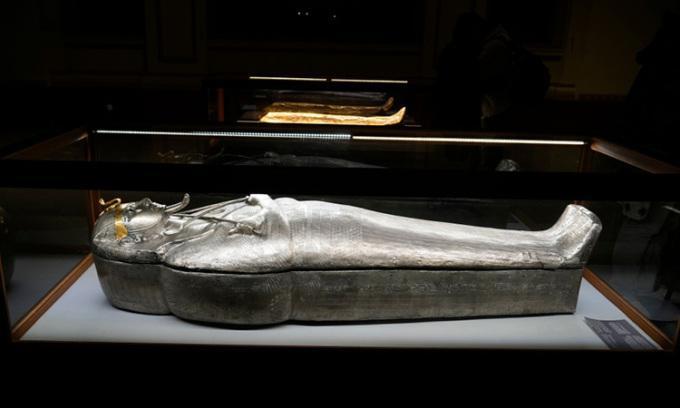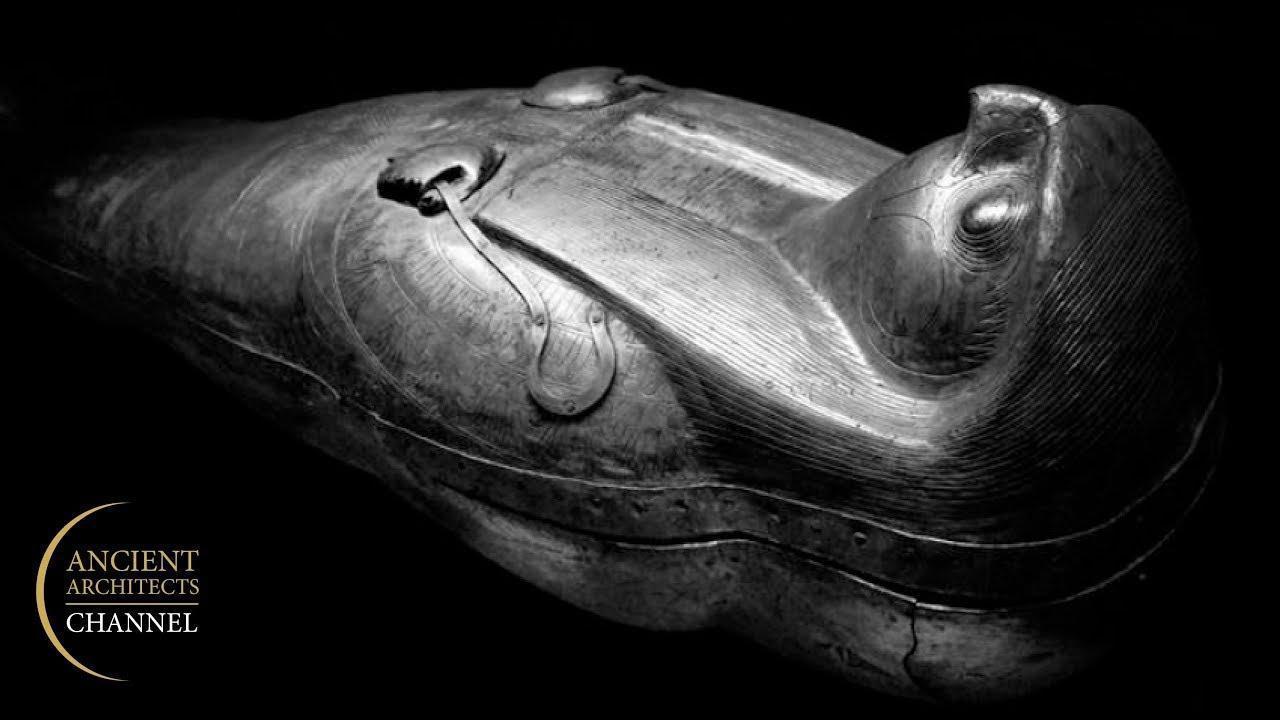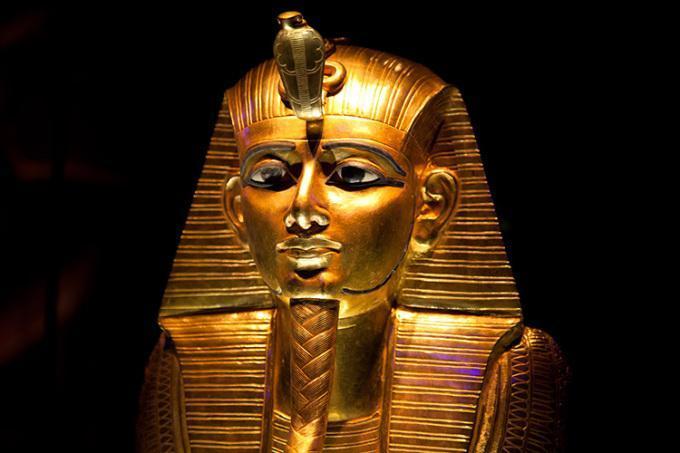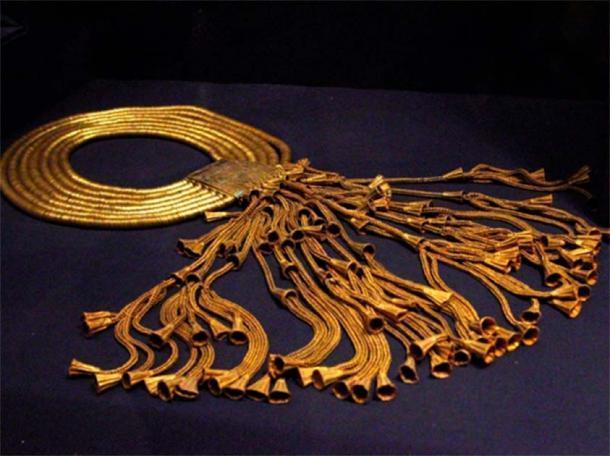In the midst of World War II in Western Europe in 1940, French archaeologist Pierre Montet made a significant find at Tanis, Egypt, akin to Howard Carter’s discovery of Tutankhamun’s untouched tomb years prior. Unfortunately, the excitement surrounding Montet’s find was overshadowed by the turmoil of the ongoing war, and it failed to capture the attention of European society at the time.

Displayed at the Egyptian Museum in Cairo is the stunning silver coffin of pharaoh Psusennes I, discovered by archaeologist Montet. Psusennes I, a mysterious ruler of the 21st Dynasty, ascended the throne during Egypt’s turbulent 3rd Intermediate Period. In a time of division, the pharaohs of the 21st Dynasty reigned from Tanis, their power reaching mainly into Lower Egypt, while Thebes was controlled by the powerful High Priest Amun, governing Upper Egypt.

Historians used to believe that the pharaohs of the 21st Dynasty lacked significant power until the discovery of Psusennes I’s tomb proved otherwise. The highlight of the tomb is the impressive solid silver sarcophagus, earning Psusennes I the nickname of the Silver Pharaoh.
In ancient Egypt, gold was considered divine flesh, while silver was seen as bone. Despite gold being more common in Egypt, silver was highly valuable as it had to be imported from Western Asia and the Mediterranean. This makes the silver coffin in Psusennes I’s tomb a symbol of his immense wealth and authority.
The intricate metal objects found in the tomb, including the silver coffin, demonstrate Psusennes I’s ability to oversee the production of such luxurious items. The silver coffin, shaped like a human figure, was placed inside a pink marble coffin, which in turn was housed in a marble sarcophagus previously owned by the 19th Dynasty pharaoh Merenptah, successor of Ramesses II.

The mummy of Psusennes I was discovered in a deteriorated state by Montet, with only bones, black dust, and funeral items like a gold mummy board and a solid gold mask remaining. The wet and swampy environment of Tanis in Lower Egypt where the pharaoh was buried likely caused the damage, unlike the dry conditions of the “Valley of the Kings” in Luxor.

Water infiltration caused damage to Psusennes I’s mummy and most of the wooden furniture in the tomb deteriorated over time. However, archaeologist Montet was able to retrieve some well-preserved items like canopic vases, shabti figurines, and other valuable objects from the coffin. These artifacts are believed to rival the treasures found in King Tutankhamun’s tomb.
Psusennes I was a wealthy and powerful ruler who reigned for an impressive 41 to 51 years (around 1047 – 1001 BC). His reign, during a period of political unrest, was quite remarkable for the time.